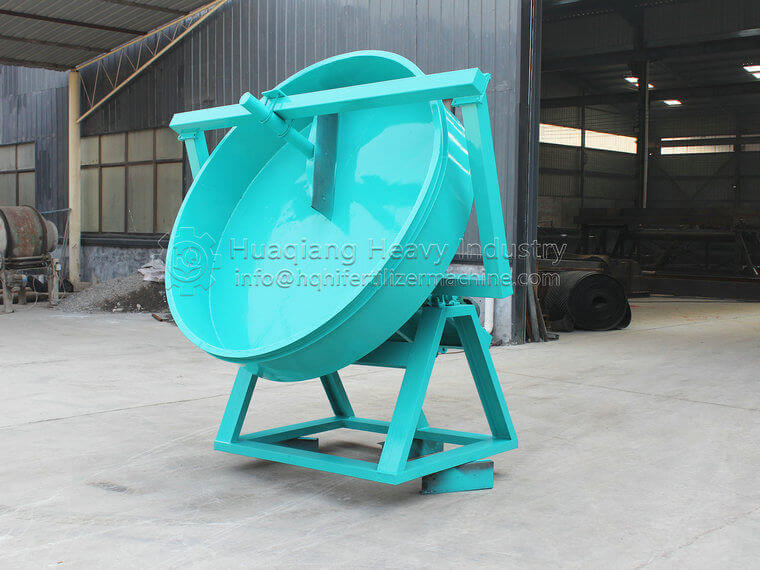In the organic fertilizer manufacturing industry, disc granulators and drum granulators are like two shining stars, each emitting a unique radiance. Let’s compare these two devices in detail below.
Let’s first look at the granulation method. The disc granulator rotates the disc to move the animal material, and the material gradually aggregates into granules under the action of centrifugal force, friction, etc. The process is relatively mild. The rotary drum granulator utilizes the rotation of the drum to continuously roll and collide materials inside the drum, forming particles with the assistance of a binder. The granulation process is relatively intense.
In terms of particle quality, the pellets produced by the disc granulator have a rounded appearance and good consistency in size, making them easier to evenly spread during fertilization and helping crops absorb nutrients evenly. But the particle strength is slightly weaker. Although the particles produced by the rotary drum granulator have irregular shapes, they have a tight texture, high strength, and are more resistant to wear and tear during storage and transportation.
In terms of raw material adaptability, the disc granulator has strict requirements for the humidity and viscosity of the raw materials, and exceeding the appropriate range may affect the granulation effect. The rotary drum granulator has a stronger adaptability to raw materials, and can handle both high viscosity and high humidity raw materials well.
In terms of production efficiency, the disc granulator, with its simple structure and stable operation, can achieve efficient continuous production and is suitable for large-scale production needs. Although the rotary drum granulator has a large single processing capacity, its equipment structure is complex and maintenance takes a long time, which will to some extent affect the overall production efficiency.
In terms of energy consumption, the disc granulator has a relatively simple structure, low power demand, and low energy consumption. The rotary drum granulator requires a large amount of power and relatively high energy consumption due to its large volume and heavy weight.
From an investment perspective, the price of the disc granulator is relatively low, the installation and commissioning are simple, and the initial investment cost is relatively small. The price of rotary drum granulator equipment is high, and the subsequent maintenance costs are expensive, resulting in a significant investment cost.
In short, both disc granulators and drum granulators have their own strengths and weaknesses. If the enterprise focuses on the appearance of particles and low-cost investment, and the raw materials are relatively stable, a disc granulator is a good choice. If a company needs to handle multiple raw materials, has high requirements for particle strength, and has certain financial strength, a rotary drum granulator may be better able to meet production needs.